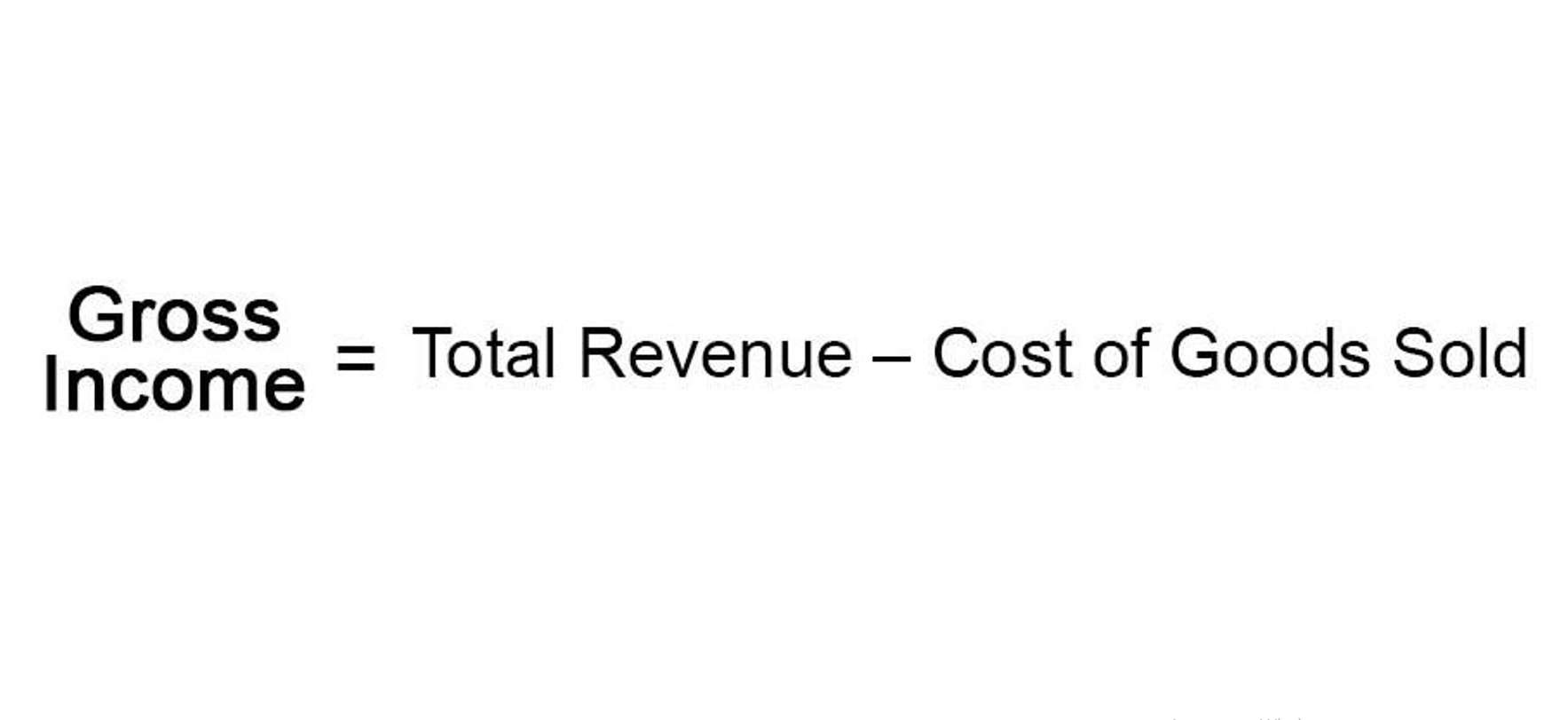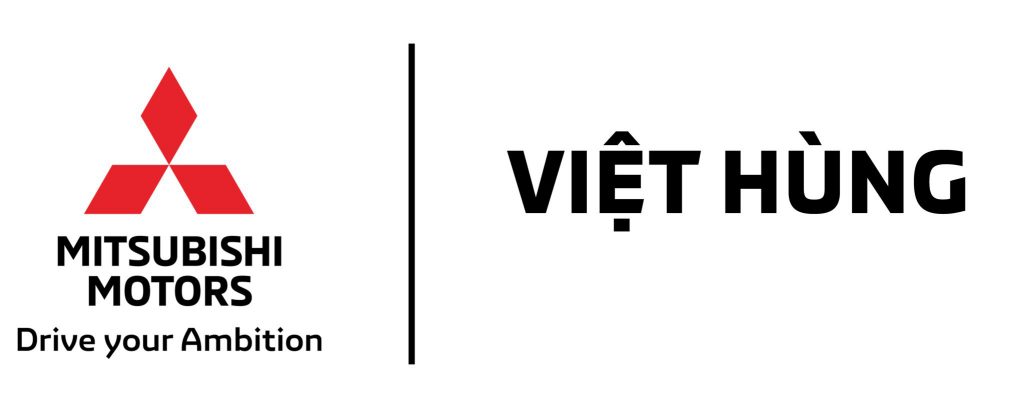Tin Tức
Types of Contra Accounts List of Examples Explanations Definition

Accounts use this method of estimating the allowance to adhere to the matching principle. The matching principle states that revenue and expenses must be recorded in the same period in which they occur. Therefore, the allowance is created mainly so the expense can be recorded in the same period revenue is earned. The first step in accounting for the allowance for doubtful accounts is to establish the allowance. This is done by using one of the estimation methods above to predict what proportion of accounts receivable will go uncollected.
The Contra Liability Account
The account Allowance for Doubtful Account is credited when the account Bad Debts Expense is debited under the allowance method. The use of Allowance for Doubtful Accounts allows us to see in Accounts Receivable the total amount that the company has a right to collect from its credit customers. The credit balance in the account Allowance for Doubtful Accounts tells us how much of the debit balance in Accounts Receivable is unlikely to be collected.
How to Set up Contra Accounts
A contra liability account is not classified as a liability, since it does not represent a future obligation. Most accountants choose to record the depreciation over the useful life of an item in the accumulated depreciation contra asset account, which is a credit account. The balance sheet would show the piece of equipment at its historical cost, then subtract the accumulated depreciation to reflect the accurate value of the asset.

How to Present Contra Accounts on Financial Statements
- Then, it aggregates all receivables in each grouping, calculates each group by the percentage, and records an allowance equal to the aggregate of all products.
- Now, if that sounded like a lot of mumbo-jumbo jargon to you, don’t worry.
- A Pareto analysis is a risk measurement approach that states that a majority of activity is often concentrated among a small amount of accounts.
- They provide a more nuanced picture of a company’s finances, allowing stakeholders to make informed decisions based on realistic, transparent financial information.
- Examples of deferred unearned revenue include prepaid subscriptions, rent, insurance or professional service fees.
- The balance sheet would report equipment at its historical cost and then subtract the accumulated depreciation.
By doing so, they can bring their asset accounts to a more accurate position. The most prominent of these include allowing companies to present a more accurate picture of their assets. For example, after six years, the asset’s book value on the balance sheet will be $40,000.

For example, let’s say your accounts receivable balance is currently $11,500, but you’re not entirely sure that you’ll be able to collect the entire balance due. A doubtful debts contra account allows for future write-offs of accounts receivable. Although you have not officially written off these debts yet, you show them to be a negative balance because you don’t believe the customer will pay you. Although the car is normally an asset because you can sell it for parts or use it for your business, when the car depreciates to a zero or negative balance, it is a contra asset on your balance sheet.
The company must record an additional expense for this amount to also increase the allowance’s credit balance. Contra asset accounts can be used in a variety of areas, but there are three contra asset examples that you should pay close attention to. By keeping the original dollar amount intact in the original account and reducing the figure in a separate account, the financial information is more transparent for financial reporting purposes. For example, if a piece of heavy machinery is purchased for $10,000, that $10,000 figure is maintained on the general ledger even as the asset’s depreciation is recorded separately. At the end of year 20, the car and the accumulated depreciation accounts will be written off from the balance sheet, as the car will be a fully depreciated asset. Although they all aim at reducing the balance of some type of account, it is useful to have some general foundational knowledge of the different types of accounts.
If the bond is sold at a discount, the company will record the cash received from the bond sale as “cash”, and will offset the discount in the contra liability account. An asset account which is expected to have a credit balance (which is contrary to the normal debit balance of an asset account). For example, the contra asset account Allowance for Doubtful Accounts is related to Accounts Receivable.
- A contra asset is a negative account used in double-entry accounting to reduce the balance of a paired asset account in the general ledger.
- And by comparing these contras against their corresponding parent accounts, you can better understand the actual value of the assets retained by your business.
- This type of account is a contra asset that reduces the amount of the gross accounts receivable account.
- This contra account holds a reserve, similar to the allowance for doubtful accounts.
- This means it received $4,500 in cash but needs to pay $5,000 back to the bondholders.
They provide a more nuanced picture of a company’s finances, allowing stakeholders to make informed decisions based on realistic, transparent financial information. This type of reporting allows anyone analyzing the balance sheet to understand much more about the company and its assets than if they were to simply look at the net value of the depreciated asset. By reflecting contra account both accounts on the balance sheet, analysts can understand both the original price and the total decrease in value of a certain asset over time. Showing contra assets on your balance sheet allows potential investors to see how you write-down a depreciable asset, such as a piece of equipment. Contra assets give investors a better picture of how you use your assets over time.








